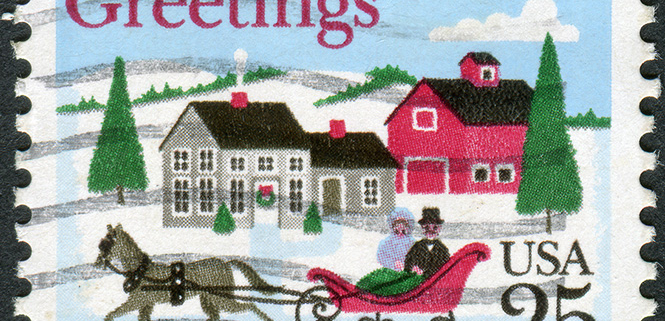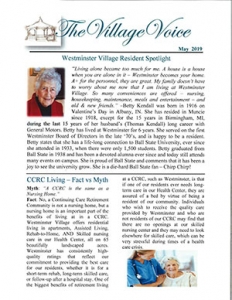Chaplain’s Corner: CLXV
“Jingle Bells”
If you can believe it, “Jingle Bells” used to be considered too racy to be connected to Christmas. James Lord Pierpont, the Savannah, Ga. Church choir director who composed it in 1857, seems to have had Thanksgiving in mind. He originally named it “One Horse Open Sleigh.” But after Mrs. Otis Waterman, one of his friends, declared that it was a “merry little jingle” the modern name got traction. It quickly became a drinking song, with partygoers jingling their ice in their glasses while singing.
What really raised eyebrows, however, was the very notion of a young man and young woman taking off together in a sleigh. The concept of dating didn’t arrive on the scene until the 1920’s, when single people were increasingly leaving their homes to seek work in large cities. Before that time, a young man would “court” a young woman by seeking permission to drop by her home. Family members would chaperone such callings.
A one-horse open sleigh was a different matter altogether. Beckoning a young lady to hop into a two seater sleigh was the 19th century equivalent of a hot guy pulling up to his girlfriend’s house in a Corvette. Chaperones are nowhere in sight.
Those associations are now long gone. “Jingle Bells” has become a seasonal favorite.
So how did couples date during the time of Mary and Joseph? The great majority of marriages in the ancient world happened by arrangement. When the potential spouses were still children, two families would come to an understanding about their respective futures. To modern Americans, this sounds like a nightmare. The last thing many of us are willing to surrender is our freedom-especially the freedom to choose a life partner. But for centuries, arranged marriages have had a consistently positive track record. In Western cultures, partners begin by falling in love and then get married. As many as half those marriages fail. In cultures where marriages are orchestrated for reasons other than love, partners begin by choosing to be committed to each other. Then they endeavor to fall in love.
Mary and Joseph would presumably have had a chance to ratify their parent’s decision. Engagements during the time of Jesus involved an important public ceremony. During that year, the engaged couple might live together, in close proximity to family sharing everything but the same bed. It was during this probationary period, however, that Mary began trying on maternity clothes. Joseph was no doubt devastated.
The story that God had supernaturally created a growing child in the womb of a peasant girl is still hard to fathom. “If you have never stood and looked at the Gospel and found it ridiculous, impossible, inconceivable,” writes author Tim Keller, “I don’t think you have really understood it.” The courage of an unmarried teenage peasant girl is why we will celebrate Christmas this week.
And it’s why “merry little jingle bells” have become associated with a joy that’s impossible to put into words.
Faithfully,
Ron Naylor, Chaplain




